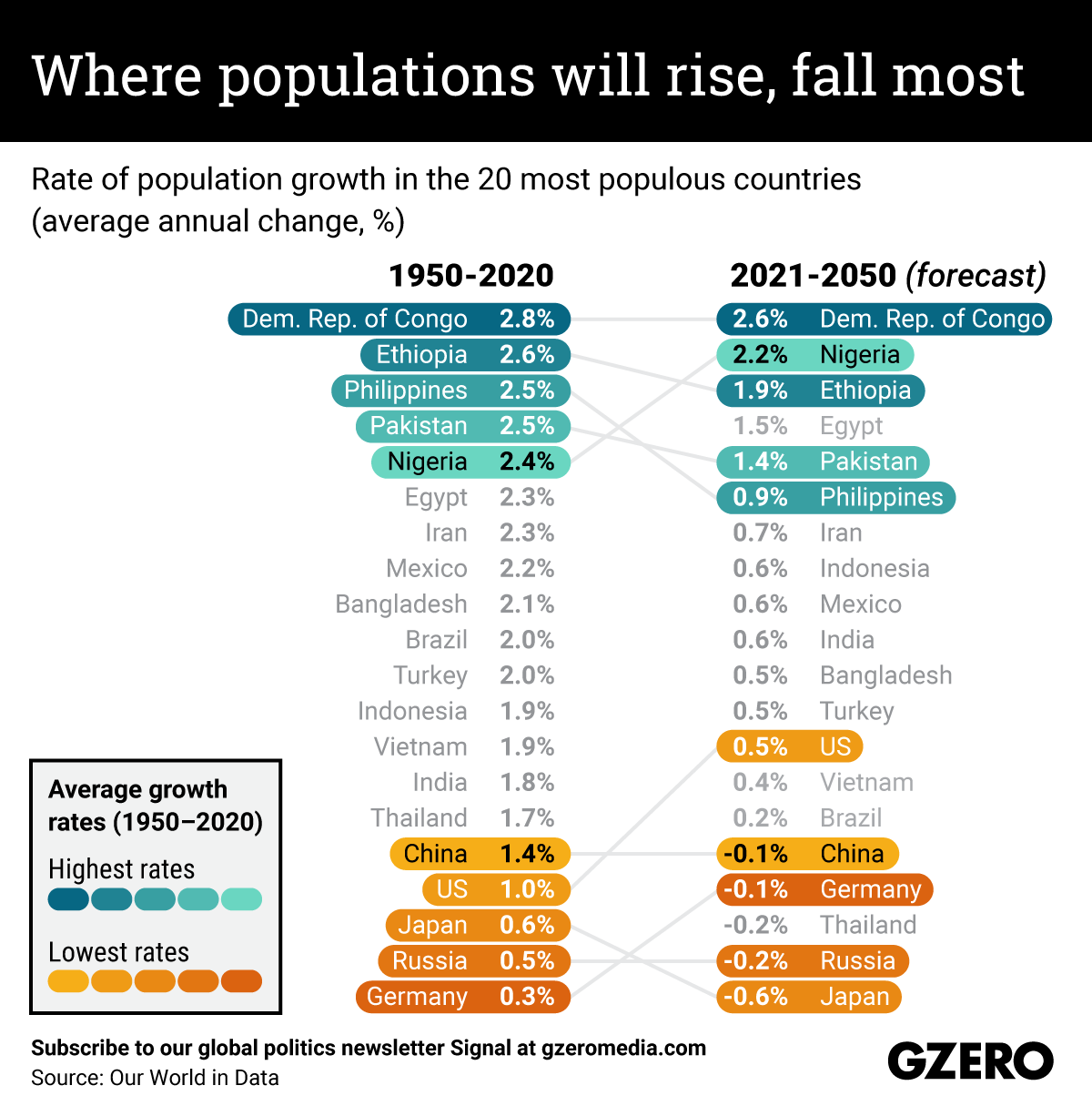April 28, 2021
Chinese officials were surely not pleased this week, when a report showed that China's population has dipped below the 1.4 billion mark that it reached in 2019. While some countries, like China, are desperate to avoid stagnant or shrinking populations in order to boost their economies, other nations, such as the Philippines, are investing in family planning to ensure its booming population won't outpace economic growth. We take a look at the population growth rate in the 20 most populous countries over the past seven decades, and how they are projected to grow over the next thirty years.
More For You
Behind every scam lies a story — and within every story, a critical lesson. Anatomy of a Scam, takes you inside the world of modern fraud — from investment schemes to impersonation and romance scams. You'll meet the investigators tracking down bad actors and learn about the innovative work being done across the payments ecosystem to protect consumers and businesses alike. Watch the first episode of Mastercard's five-part documentary, 'Anatomy of a Scam,' here.
Most Popular
Think you know what's going on around the world? Here's your chance to prove it.
© 2025 GZERO Media. All Rights Reserved | A Eurasia Group media company.
